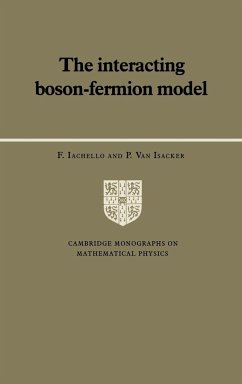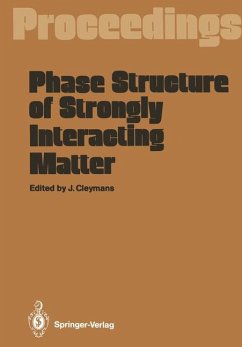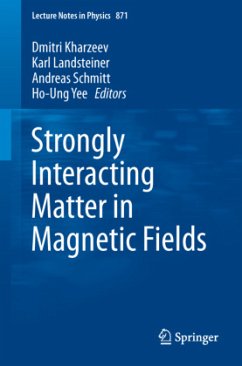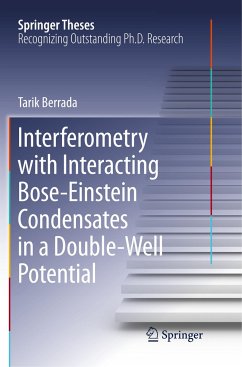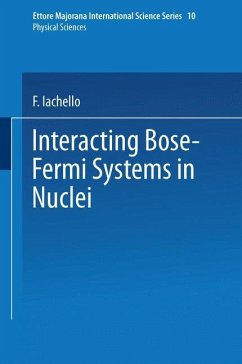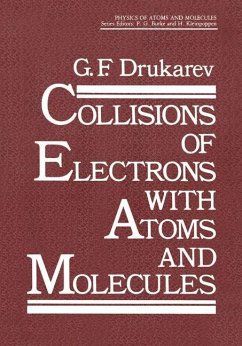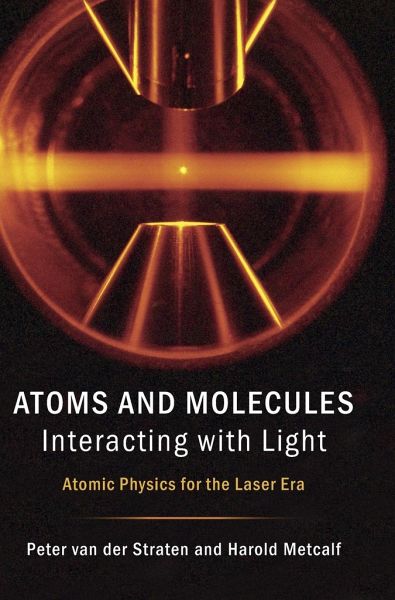
Atoms and Molecules Interacting with Light
Versandkostenfrei!
Versandfertig in 1-2 Wochen
68,99 €
inkl. MwSt.
Weitere Ausgaben:

PAYBACK Punkte
34 °P sammeln!
This in-depth textbook with a focus on atom-light interactions prepares students for research in a fast-growing and dynamic field. Intended to accompany the laser-induced revolution in atomic physics, it is a comprehensive text for the emerging era in atomic, molecular and optical science. Utilising an intuitive and physical approach, the text describes two-level atom transitions, including appendices on Ramsey spectroscopy, adiabatic rapid passage and entanglement. With a unique focus on optical interactions, the authors present multi-level atomic transitions with dipole selection rules, and ...
This in-depth textbook with a focus on atom-light interactions prepares students for research in a fast-growing and dynamic field. Intended to accompany the laser-induced revolution in atomic physics, it is a comprehensive text for the emerging era in atomic, molecular and optical science. Utilising an intuitive and physical approach, the text describes two-level atom transitions, including appendices on Ramsey spectroscopy, adiabatic rapid passage and entanglement. With a unique focus on optical interactions, the authors present multi-level atomic transitions with dipole selection rules, and M1/E2 and multiphoton transitions. Conventional structure topics are discussed in some detail, beginning with the hydrogen atom and these are interspersed with material rarely found in textbooks such as intuitive descriptions of quantum defects. The final chapters examine modern applications and include many references to current research literature. The numerous exercises and multiple appendices throughout enable advanced undergraduate and graduate students to balance theory with experiment.






